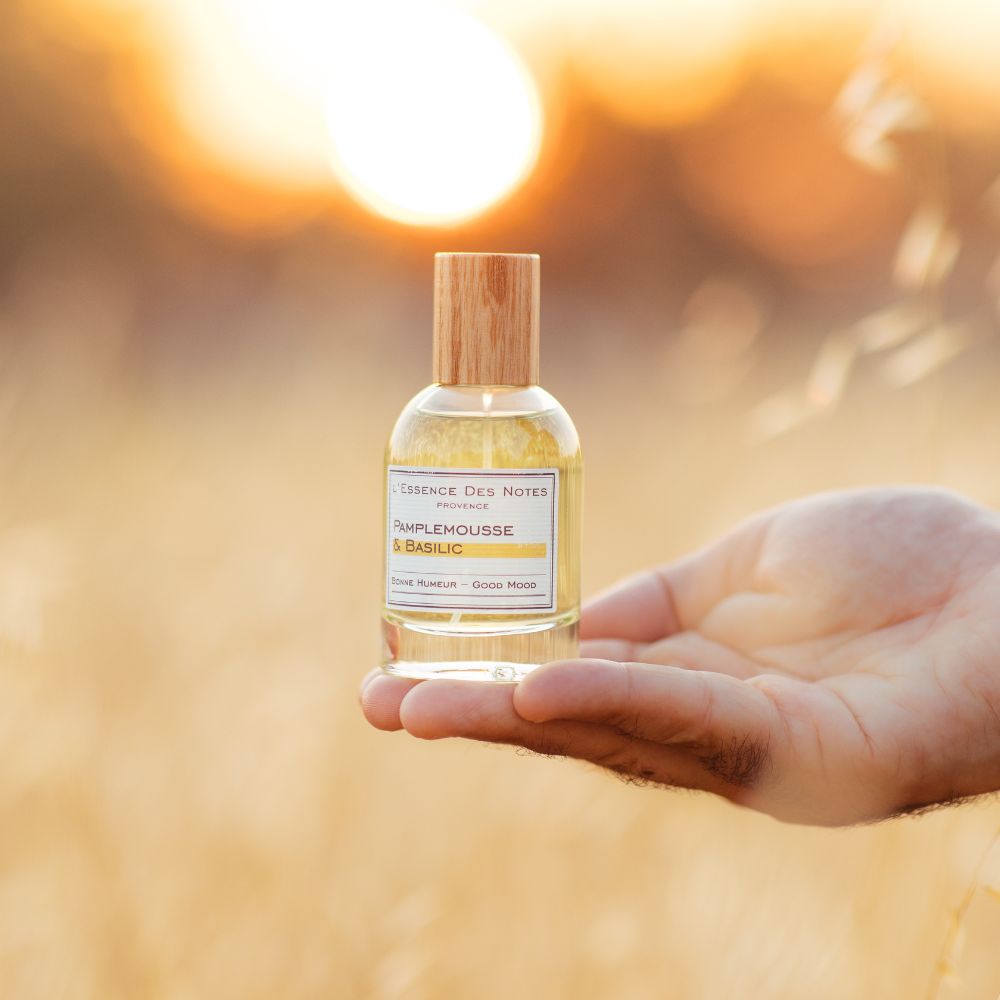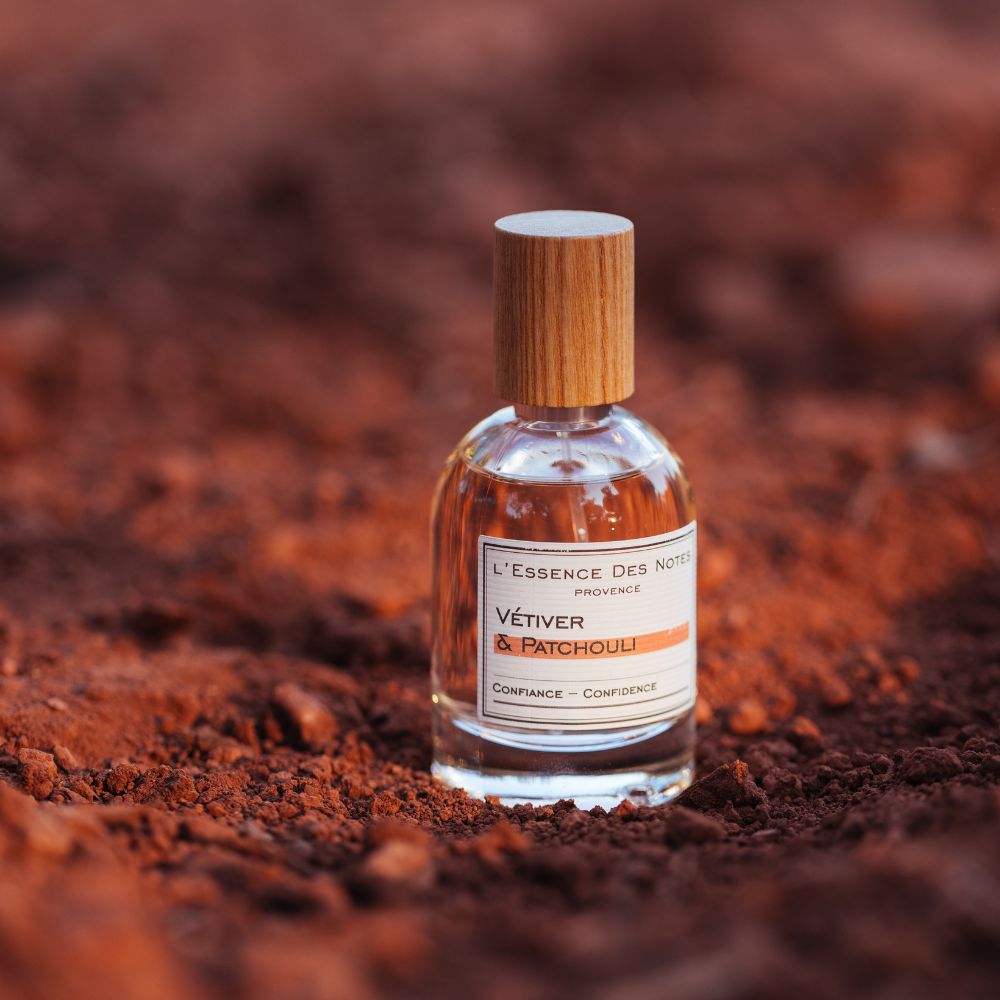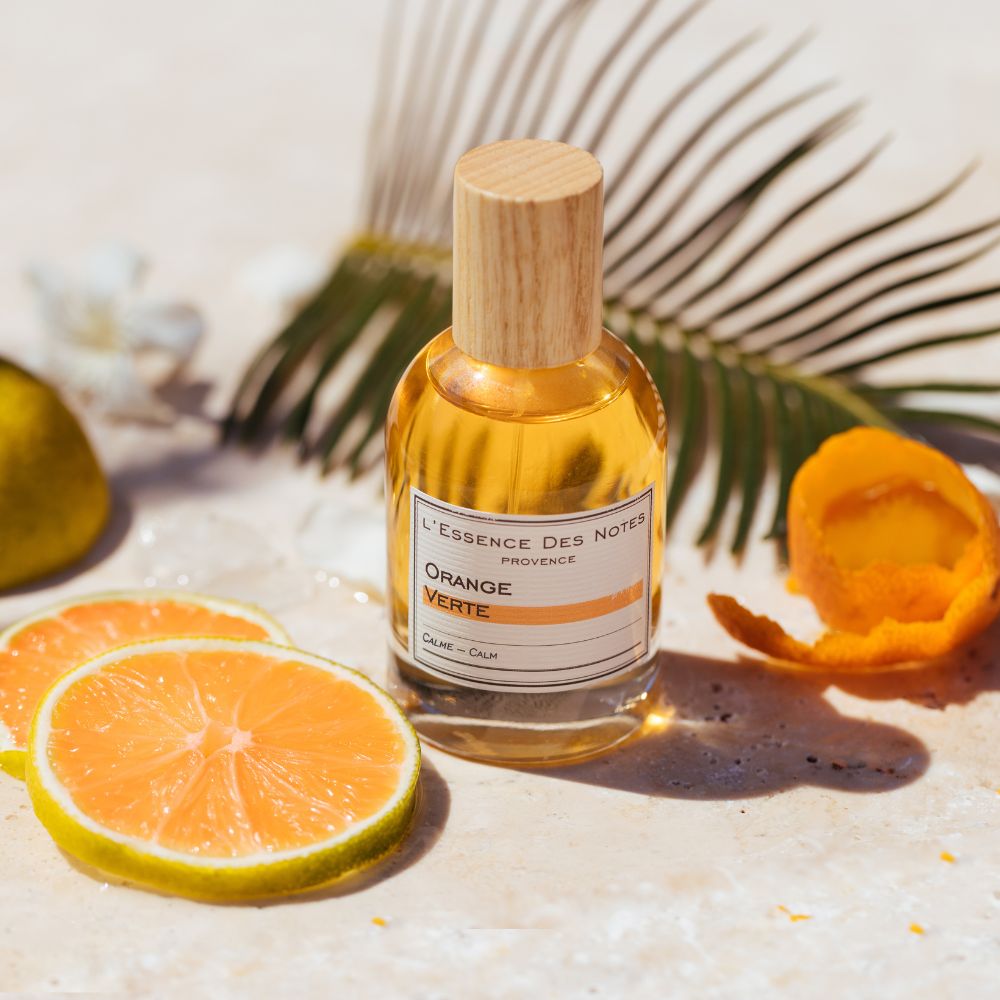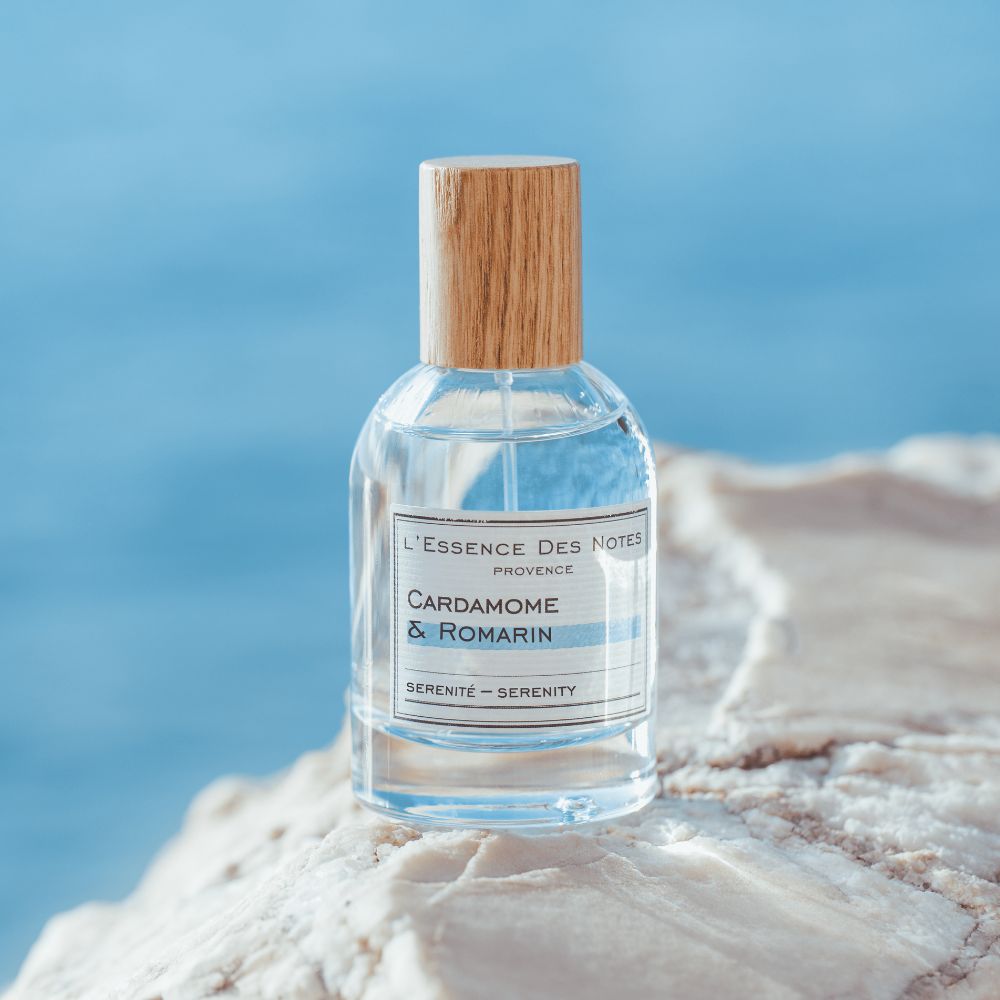Nestled on the heights of the hinterland of Cannes, the city of Grasse has been considered since the 17th century as the world capital of perfume . It abounds with floral crops including tuberoses, jasmines, roses, violets, mimosa, lavender, etc. with particular scents. Its economic activity generally relies on perfumery . The perfumes of Grasse are among the most famous throughout the planet. In addition to its magnificent flowers that exhale sweet scents, this Provençal town is the main source of great perfumed creations. It is highly recognized thanks to its exceptional know-how in this field. Its heritage rich in history and culture is well worth a detour.
The history of Grasse
Founded in the 7th century, the city of Grasse is a commune in the Alpes-Maritimes department, in the Provence-Alpes-Côte d'Azur region. It stands out at first sight with its fields of flowers and its aromatic plants. More than thirty perfume industries are located there, some of which are among the most renowned in this sector. This town has been steeped in history since the 12th century. During this period of the Middle Ages, it specialized in the tanning of leather, which over time acquired a great reputation.
Admittedly, the leathers from Grasse were of good quality, but they smelled very bad because of the use of animal excrement and urine. Wearing gloves made with this material therefore did not please the nobility. From this situation arises the idea of making models made of perfumed leather according to the oriental method. The process consists of immersing the textile in a bath of scent to drive out unpleasant odors and perfume it. In the 17th century, glove-makers and perfumers developed perfumed gloves with frangipane and Provençal ointments.
The transition from tanning to perfumery
The concept comes from the tanner Jean de Galimard, who created the Galimard Perfumery in 1747. He gave a pair of scented gloves to Catherine de Medici, who really liked them. By putting them on, the good smell spread in the Court and impressed all the high society. This is what constitutes the beginning of the reputation of the world capital of perfume.
The perfume industry has been very successful and is gradually supplanting tanning. Perfumers are constantly developing. The extracts used to make the perfume come from locally grown flowers. Thousands of fragrances have been developed over the centuries. Among the rarest are orange blossom, lavender, violet, rose, myrtle, jasmine, may rose, rose geranium, tuberose, etc.
The birth of tourist perfumeries
In the middle of the 18th century, the first competitors began to appear within the world of perfume. The trade diversified and attracted foreigners over time, which encouraged the city of Grasse to import exotic scents such as vanilla. Several major perfume houses in Grasse have become internationally renowned and open their doors to the general public. Their products are characterized by their very promising qualities.
In 2018, the know-how related to the manufacture of perfume in the Pays de Grasse is recognized among the list of Intangible Cultural Heritage of UNESCO. They concern the cultivation of perfume plants, a good understanding of the raw materials and the art of manufacturing itself. The Fragonard house, the historic Bastide Molinard factory and the Galimard perfumery are the most legendary perfumers, who have mastered the art of perfumery in Grasse.
The opening of the International Museum of Perfumery
In 1926, the first perfume museum in the city of Grasse was installed inside the Fragonard perfumery. It contains a multitude of unique and precious objects that have marked the entire history of perfume, for men or women, such as old bottles, boxes and stills.
Opened in 1989 and renovated in 2007-2008 in its historic center, the International Museum of Perfumery is entirely devoted to the fascinating activity of perfumery. Many collections for 4000 years, which tell the story from ancient civilizations to today, are to be discovered on a guided tour.
Great perfumers can discover everything there about the universe of perfumes, such as plants, according to their olfactory note (fruity, woody, floral, spicy or musky). This museum also highlights the art of flasks and presents a collection of interesting objects. It is possible to personalize your precious bottle.
The secret of the know-how of Grasse perfumes
If Grasse perfumery has earned such a worldwide reputation, it is because it contains many traditional and historical skills. Its advantage lies above all in its ability to magnify noble materials by producing exceptional perfumes with original scents. First, there is the cultivation of perfume plants. The city of tanners masters everything from soil preparation, botanical skills, such as the grafting method, to picking. Some big brands even have fields of flower plantations. Among other things, Chanel cultivates, for example, jasmines and roses to create its eau de parfum.
Then comes the knowledge of the natural raw materials required in the creation of the perfume and the appropriate processing methods. This step includes the different techniques for extracting fragrant essences from flowers, which are also used in the manufacture of food flavorings and cosmetic products. All these riches make the capital of perfume an essential destination when visiting the Côte d'Azur. In addition, the city of Grasse produces concentrates or "juices", which are mixed with alcohol (80%) to give perfume.
The fragrance from the Grasse perfumery has a rather special aspect. It is created according to the legendary olfactory pyramid: base note, heart note and top note. Thanks to its specific extraction and distillation process, it diffuses exceptional odors. You only have to apply the essence coming out of the still on a cloth or wool, then snap this in the air so that you can exhale the new perfume. Note that many legendary perfumes are created in the city of Grasse, including Dior, Chanel, Rochas, etc. Obviously, this is the kingdom of perfumes!







